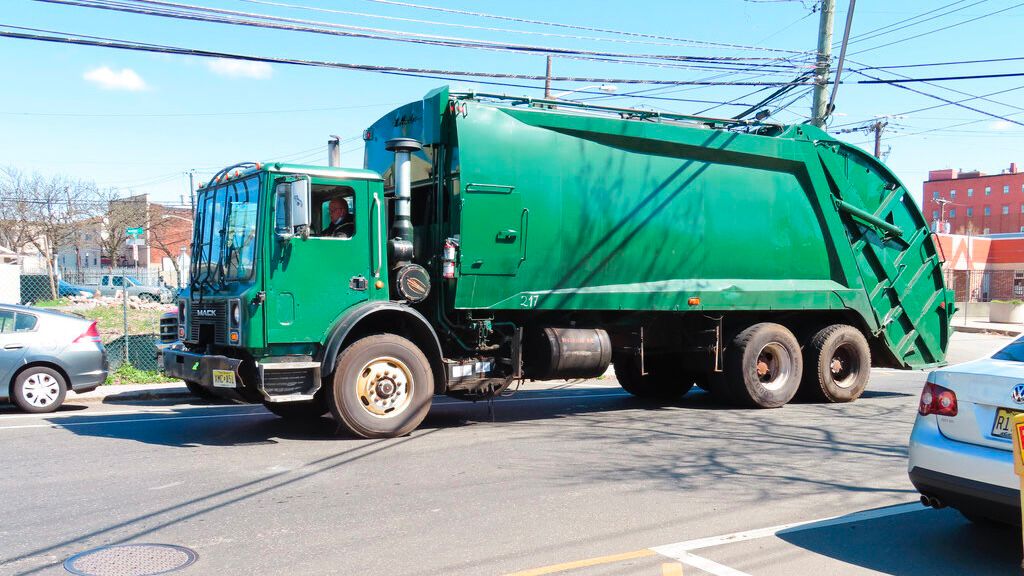The American Petroleum Institute sued the U.S. Environmental Protection Agency Tuesday over new heavy-duty vehicle emissions standards.
In March, the EPA finalized sweeping new rules requiring dozens of types of trucks to be zero emissions in less than a decade.
“Today, we are standing up for consumers who rely on trucks to deliver the goods they use every single day,” API Senior Vice President and General Counsel Ryan Meyers said in a statement.
The lobbying group for the U.S. natural gas and oil industry includes about 600 members that produce and distribute the bulk of U.S. energy. The group says the industry supports almost 11 million U.S. jobs. The Owner-Operator Independent Drivers Association, National Corn Growers Association and American Farm Bureau Federation are co-petitioners in the lawsuit.
“The EPA is forcing a switch to technology that simply does not presently exist,” Meyers said.
The API lawsuit comes less than three months after the EPA finalized new emission standards for heavy-duty vehicles. By 2032, 25% of new big rigs and 40% of medium-duty vehicles such as box trucks would need to be zero emissions under the new rule.
The new rules affect more than 100 types of vehicles, including big rigs, buses, cement mixers and trash trucks and are set to take effect with the 2027 model year.
At the time the rule was finalized, EPA Administrator Michael S. Regan said the emissions standards for heavy-duty vehicles were a response “to the urgency of the climate crisis.”
Transportation is the largest single source of greenhouse gas emissions, with trucks and other heavy-duty vehicles making up 10% of on-road vehicles but contributing 25% of emissions from the transportation sector. The heavy-duty truck rule, also known as the Greenhouse Gas Emissions Standards for Heavy-Duty Vehicles-Phase 3, are expected to avoid 1 billion tons of greenhouse gas emissions and provide $13 billion in public health, climate and cost savings, the EPA said.
The Clean Freight Coalition has said it will cost almost $1 trillion in infrastructure investments alone to electrify the entire commercial truck fleet in the U.S. That does not include the cost of zero-emission trucks, which can be as much as three times more expensive than their diesel-powered equivalents.
“Small business truckers make up 96% of trucking and could be regulated out of existence if the EPA’s unworkable heavy-duty rule comes into effect,” Owner-Operator Independent Drivers Association President Todd Spencer said in a statement.
“This rule would devastate the reliability of America’s supply chain and ultimately increase costs for consumers,” he added. “Mom and pop trucking businesses would be suffocated by the sheer cost and operational challenges of effectively mandating zero-emission trucks.”



